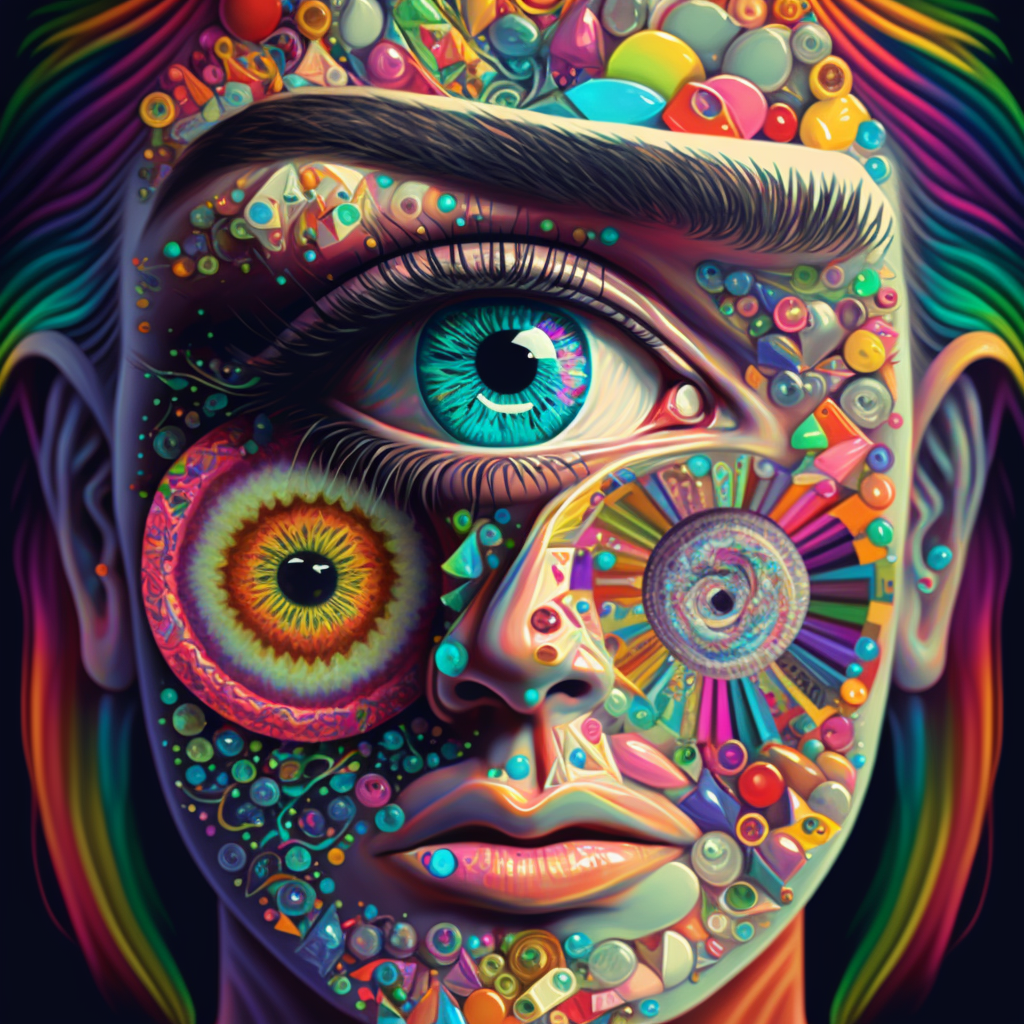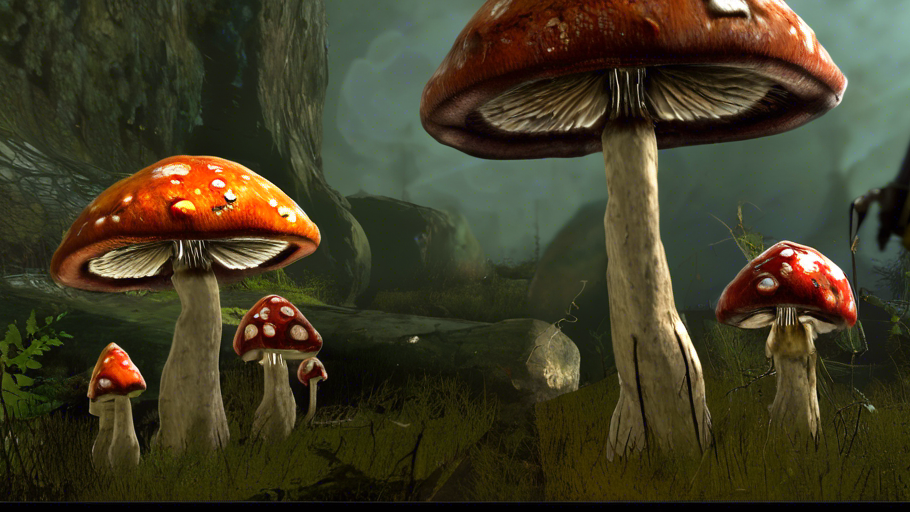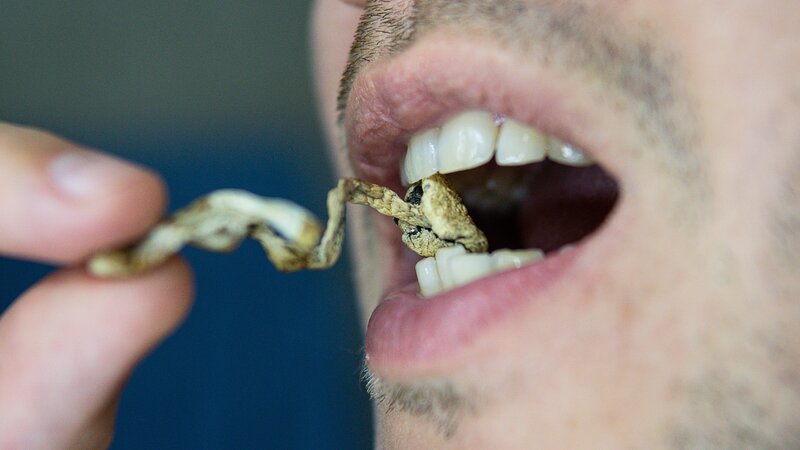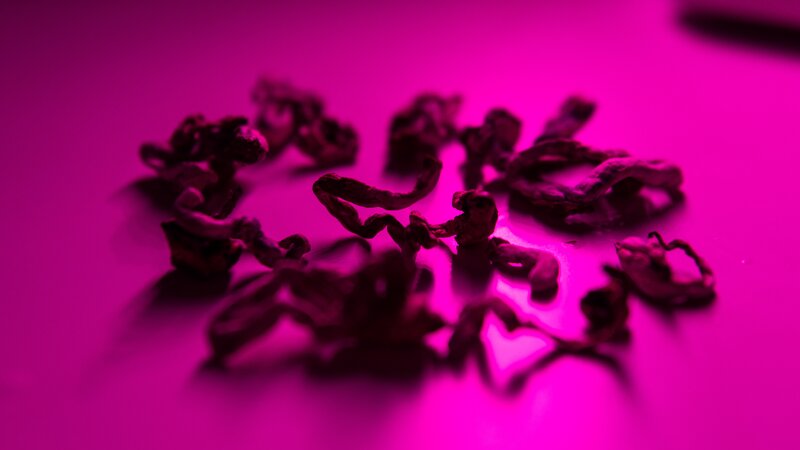Lysergic acid diethylamide, more commonly known as LSD or “acid,” is a powerful hallucinogenic drug that has captivated the curiosity and concern of many.
From its synthesis in the late 1930s to its iconic status in the counterculture movements of the 1960s and 70s, LSD has been both hailed for its potential therapeutic effects and vilified for its mind-altering properties.
In this article, we delve into the pressing question many ask: how long does LSD stay in your system?
Detection Times of LSD in the System
When it comes to drug testing, the presence of LSD in the body is transient, with detection times varying based on the type of test administered:
- Urine Test: LSD can be detected in urine for 2 to 5 days after use, making it the most common form of testing.
- Blood Test: LSD can be detected in blood for up to 6 to 12 hours post-ingestion.
- Hair Test: Although rarely used due to its inaccuracy, LSD can be detected in hair for up to 90 days.
Factors Affecting LSD Detection
Several factors can influence how long LSD remains detectable in the body. The amount of LSD taken plays a significant role, as does the individual’s age, health, and weight.
Metabolic rate, liver function, and even the purity of the LSD can affect detection times.
Metabolism of LSD
After ingestion, LSD is quickly absorbed in the digestive tract and then metabolized by the liver into various metabolites. Its half-life, the time it takes for half of the drug to be eliminated from the body, is approximately 2.6 to 3.6 hours. This rapid breakdown contributes to the relatively short detection window of the drug in various testing methods.
LSD and Drug Testing
LSD is not typically included in standard drug testing panels due to the small doses used and the sophisticated equipment required for detection. However, specialized tests can identify LSD metabolites, such as 2-oxo-3-hydroxy-LSD, which may be detectable for a longer period after ingestion. It’s worth noting that these tests are more intricate and are not as commonly available as those for other substances.
Risks of LSD Use
While many users seek the profound and often spiritual experiences that LSD can provide, there are significant risks associated with its use. Physical effects can include pupil dilation, increased body temperature, and dry mouth, while psychological effects can range from euphoria to terrifying thoughts and feelings of despair. Moreover, the potential for “bad trips” can lead to dangerous behaviors and long-term mental health issues, such as drug-induced psychosis, particularly in those with a predisposition to mental health disorders.
Addiction Potential and Tolerance
LSD’s potential for addiction is a topic of debate among researchers and health professionals. The National Institute on Drug Abuse (NIDA) asserts that LSD is not addictive because it does not cause uncontrollable drug-seeking behavior. However, users can develop a tolerance to LSD, which means they need higher doses to achieve the same hallucinogenic effects. This tolerance can reset after a few days of non-use, but the psychological pull can sometimes lead individuals to frequent consumption.
Treatment for LSD Use
Despite its non-addictive nature, some individuals may seek treatment for LSD use, particularly if it is part of polydrug abuse or if it has led to psychological issues. Treatments can range from inpatient care to behavioral therapies. Inpatient treatments are beneficial for those needing a structured environment, while behavioral treatments can help users understand their drug use and develop coping strategies.
Strategies to Clear LSD from the System
LSD exits the system naturally and fairly quickly, but for those needing to clear the drug from their system sooner—perhaps for an impending drug test—there are a few strategies that may help. Staying hydrated can assist liver and kidney function, and exercise might boost metabolism. However, it’s important to note that these methods are not guaranteed, and the best way to ensure a clean drug test is to discontinue LSD use well in advance.
Legal Considerations
LSD is classified as a Schedule I drug in the United States, which means it has a high potential for abuse and no currently accepted medical use. The legal repercussions of being caught with LSD can be severe, and employers may have policies that include drug testing for such substances. Understanding how long LSD stays in your blood or urine is crucial for those facing legal scrutiny or job-related drug screenings.
What is LSD?
LSD is derived from lysergic acid found in the ergot fungus that grows on rye and other grains. It is known for its potent hallucinogenic effects, which can include altered thoughts, feelings, and awareness of one’s surroundings. Often sold as tablets, capsules, or, most famously, on blotter paper, LSD is taken orally but can also be administered through other methods, such as eye drops. The drug is also referred to by various street names like blotter acid, dots, and Yellow Sunshine.
The Effects of LSD
An LSD “trip” can last from 9 to 12 hours, with users experiencing a wide range of effects, from visual hallucinations and mood swings to impaired judgment.
The intensity and duration of these effects depend largely on the dose and method of administration. For instance, when taken orally, effects can be felt within 30 to 45 minutes and can last up to 12 hours, while intramuscular or intravenous injections can produce effects much more rapidly.
Despite the profound experiences it can induce, LSD is not considered physically addictive, but there is potential for psychological dependence.
Conclusion
The question of how long LSD stays in your system is multifaceted, with various factors influencing detection times. While the physical presence of LSD in the body is relatively short-lived, the psychological impact can be long-lasting and profound. Users should be aware of the risks associated with LSD use, including the potential for bad trips, psychological dependence, and legal issues.
Whether considering trying LSD for the first time, a seasoned user, or someone looking to move away from its use, it’s important to be informed about the drug’s effects on both the mind and body. For those struggling with substance use, seeking treatment and support can be a crucial step toward recovery and well-being.
In summary, LSD is a complex drug with a short half-life in the body but with effects that can leave a lasting impression. As research continues to explore its potential therapeutic benefits and risks, it remains a substance that commands respect and caution in its use.



